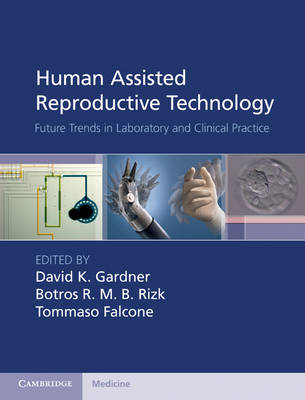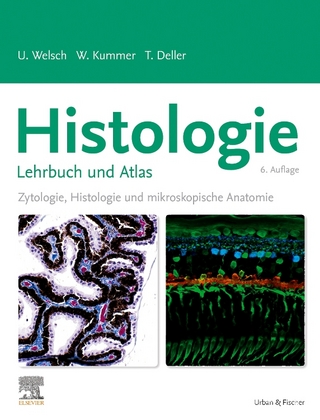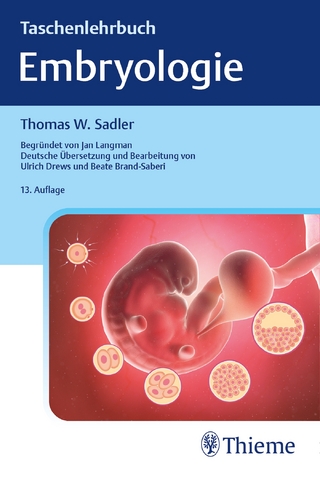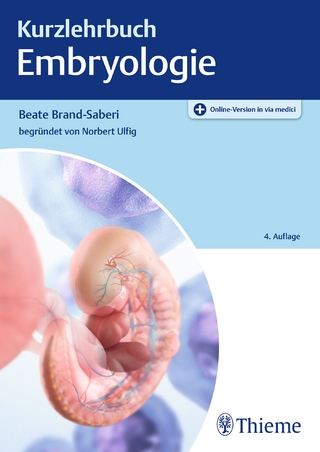
Human Assisted Reproductive Technology
Cambridge University Press (Verlag)
978-1-107-00112-1 (ISBN)
David K. Gardner is Head of the Department of Zoology, University of Melbourne, Australia. Botros R. M. B. Rizk is Professor and Head of the Division of Reproductive Endocrinology and Infertility, University of South Alabama College of Medicine, and Medical and Scientific Director, University of South Alabama In Vitro Fertilization Laboratory, Mobile, AL, USA. Tommaso Falcone is Professor and Chair of Obstetrics, Gynecology and Women's Health Institute, Cleveland Clinic Foundation, Cleveland, OH, USA.
1. Use of robotics in reproductive surgery Michelle Catenacci, Carrie Bedient and Tommaso Falcone; 2. Removal of hydrosalpinges and uterine leiomyoma to improve IVF outcome Eric S. Surrey; 3. Ovarian endometriomas: effect on IVF outcome Gabriel de la Fuente and Juan A. Garcia-Velasco; 4. Impact of uterine cavity abnormalities on IVF and pretreatment cavity evaluation Steven F. Palter; 5. Sperm retrieval techniques Sandro C. Esteves and Ashok Agarwal; 6. New concepts in ovarian stimulation Ying Cheong, Nick Brook and Nick Macklon; 7. GnRH antagonists in ART Efstratios M. Kolibianakis and Georg Griesinger; 8. Pharmacogenetics of ovarian stimulation in the 21st century Valeria Pugni and Manuela Simoni; 9. Non-invasive diagnosis of endometriosis with proteomics technologies Lewis K. Pannell, Ashley R. Mott and Christopher B. Rizk; 10. Antiangiogenic agents for endometriosis Edurne Novella-Maestre, Carlos Simón, Juan Antonio García-Velasco and Antonio Pellicer; 11. New concepts in the management of polycystic ovary syndrome Roy Homburg; 12. Adjuvant therapy to increase implantation rates David Meldrum; 13. Ovarian hyperstimulation syndrome Botros R. M. B. Rizk; 14. The evidence-based practice of assisted reproduction Hassan N. Sallam; 15. Three-dimensional in vitro ovarian follicle culture Eugene Galdones, Lonnie D. Shea and Teresa K. Woodruff; 16. Artificial gametes Jan Tesarik and Raquel Mendoza Tesarik; 17. Current status and future trends of the clinical practice of human oocyte in vitro maturation Robert B. Gilchrist, Johan E. J. Smitz and Jeremy G. Thompson; 18. Oocyte and zona imaging David L. Keefe; 19. Granulosa cells and their impact on human ART Laurie J. McKenzie; 20. Sperm diagnosis: selecting the best sperm for IVF/ICSI treatment Denny Sakkas; 21. Embryo culture in the 21st century Mark T. Johnson and David K. Gardner; 22. Morphometric analyzes of embryos Jennifer Kahn, Thomas Elliott and Zsolt Peter Nagy; 23. Embryo biopsy: towards trophectoderm isolation and blastocyst analysis William B. Schoolcraft and Jeanine Cieslak Janzen; 24. Analysis of the embryonic transcriptome Claude Robert, Andrew J. Watson and Marc-Andre Sirard; 25. Analysis of embryo-derived factors as markers of developmental potential and viability Chris O'Neill; 26. Proteomics analysis of the endometrium and embryo: can we improve IVF outcome? Francisco Domínguez, Tamara Garrido and Carlos Simón; 27. Analysis of embryo metabolism and the metabolome to identify the most viable embryo within a cohort David K. Gardner; 28. Oocyte and embryo cryopreservation T. Mukaida; Index.
| Erscheint lt. Verlag | 31.3.2011 |
|---|---|
| Zusatzinfo | 53 Tables, black and white; 23 Plates, color; 44 Halftones, black and white; 28 Line drawings, black and white |
| Verlagsort | Cambridge |
| Sprache | englisch |
| Maße | 195 x 253 mm |
| Gewicht | 940 g |
| Themenwelt | Medizin / Pharmazie ► Medizinische Fachgebiete ► Gynäkologie / Geburtshilfe |
| Studium ► 1. Studienabschnitt (Vorklinik) ► Histologie / Embryologie | |
| ISBN-10 | 1-107-00112-9 / 1107001129 |
| ISBN-13 | 978-1-107-00112-1 / 9781107001121 |
| Zustand | Neuware |
| Haben Sie eine Frage zum Produkt? |
aus dem Bereich


